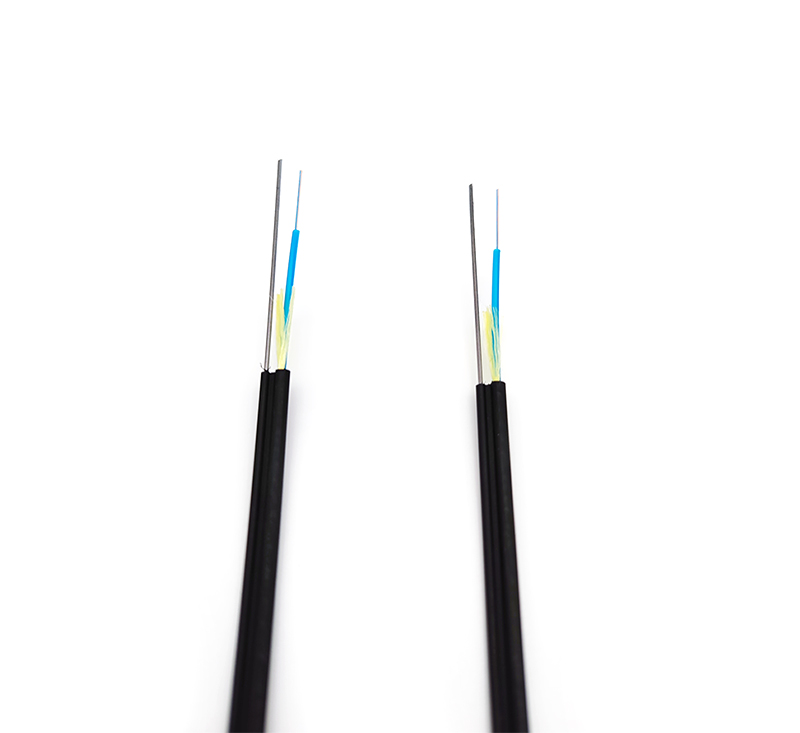1 Optical fiber attenuation mechanism
When light enters from one end of an optical fiber and exits from the other end, the intensity of the light decreases. This means that after the optical signal propagates through the fiber, the light energy is partially attenuated. This means that there is some substance in the fiber or for some reason that blocks the passage of the light signal. This is the transmission loss of the fiber. Only by reducing the fiber loss can the optical signal be made unimpeded.

Optical attenuation in ZBLAN and silica fibers.
2 Fiber loss coefficient
In order to measure the quality of the loss characteristics of a fiber, the concept of loss coefficient (or attenuation coefficient) is introduced here, that is, the number of decibels caused by the reduction of optical power caused by the transmission of a unit length (1km) of fiber, generally using α to represent the loss Coefficient in dB/km.
In the formula: L is the length of the fiber, in km; P1 and P2 are the input and output optical power of the fiber, respectively, in mW or μW.
3 The main factors that cause fiber attenuation:
Fiber attenuation is an important factor that hinders the long-distance transmission of digital signals. The level of fiber loss directly affects the transmission distance or the distance between repeaters.
The main factors that cause fiber attenuation are: intrinsic, bending, extrusion, impurities, non-uniformity and docking.
Intrinsic: It is the inherent loss of the fiber, including: Rayleigh scattering, intrinsic absorption, etc.
Bending: When the fiber is bent, part of the light in the fiber will be lost due to scattering, resulting in loss.
Squeeze: The loss caused by the slight bending of the optical fiber when it is squeezed.
Impurity: The loss caused by the impurity in the fiber absorbing and scattering the light propagating in the fiber.
Uneven: The loss caused by the uneven refractive index of the fiber material.
Docking: The loss generated when the optical fiber is docked, such as: non-axial (the coaxiality of single-mode fiber is required to be less than 0.8μm), the end face is not perpendicular to the axis, the end face is not flat, the butt core diameter does not match and the welding quality is poor.










